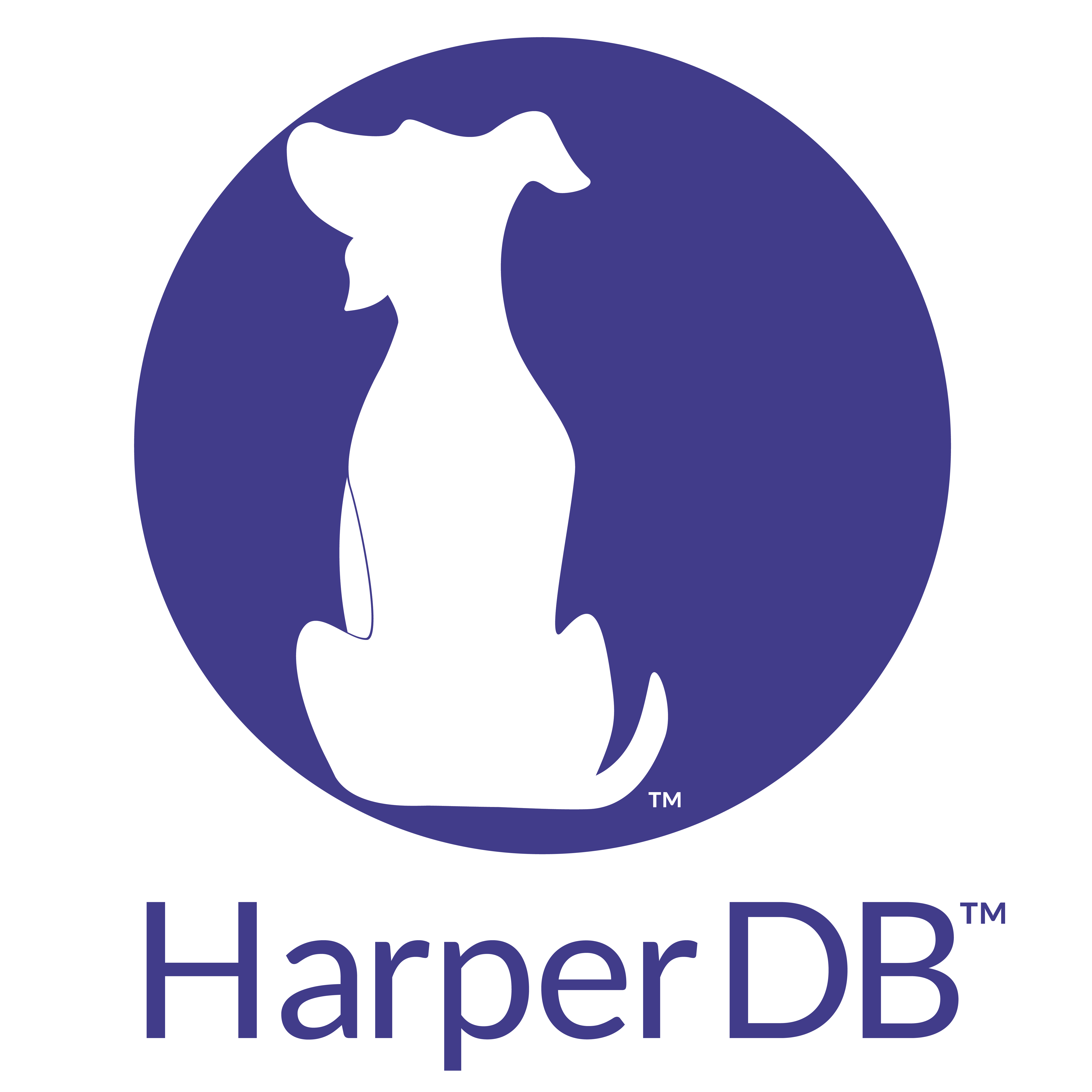
Research
/Security News
9 Malicious NuGet Packages Deliver Time-Delayed Destructive Payloads
Socket researchers discovered nine malicious NuGet packages that use time-delayed payloads to crash applications and corrupt industrial control systems.
harperdb-armv7
Advanced tools

Prerequisites
npm install -g harperdb
harperdb install
HarperDB will prompt you for configuration options during install.
harperdb run
harperdb stop
harperdb restart
harperdb version
Using HarperDB’s built-in API is as easy as making an http call to the URL and PORT of your HarperDB instance. To make it even easier, we’ve created a series of example http calls as a Postman Collection. These calls show you how to create and access sample data in HarperDB.
Sample code is also available in many common languages in the sample code pane. Select the language you want from the drop down and paste the code.
Every Installation of HarperDB can be administered through HarperDB Studio. This web-based interface provides you the ability to set up new schemas and tables, configure users and roles, manage data replication, and purchase and deploy enterprise licenses.
Build Rev: 737283782a613c6de59fc78d6e9cfda63dccc12a
FAQs
HarperDB no-SQL SQL database written in node.js
The npm package harperdb-armv7 receives a total of 3 weekly downloads. As such, harperdb-armv7 popularity was classified as not popular.
We found that harperdb-armv7 demonstrated a not healthy version release cadence and project activity because the last version was released a year ago. It has 1 open source maintainer collaborating on the project.
Did you know?

Socket for GitHub automatically highlights issues in each pull request and monitors the health of all your open source dependencies. Discover the contents of your packages and block harmful activity before you install or update your dependencies.

Research
/Security News
Socket researchers discovered nine malicious NuGet packages that use time-delayed payloads to crash applications and corrupt industrial control systems.

Security News
Socket CTO Ahmad Nassri discusses why supply chain attacks now target developer machines and what AI means for the future of enterprise security.

Security News
Learn the essential steps every developer should take to stay secure on npm and reduce exposure to supply chain attacks.